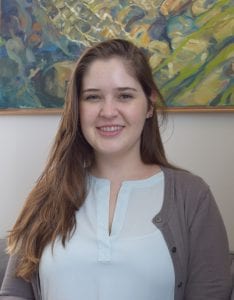Today is SMU Giving Day – the one day of the year for all Mustangs to come together in support of the SMU causes and students we care about most. Giving day is not about how much we each give, it’s about the impact we can make as a collective. The more Mustangs who give, the more positive change we can create. Donations received are put into a matching program, making all donations even more impactful and appreciated.
For this year’s SMU Giving Day, the Hunt Institute is featuring a Global Development Lab project that is installing solar panels for Tintinto Primary & Secondary School, a school in a remote village in West Africa. The beginning of this pilot proved to be successful and we will be continuing the development of this project. Principal Amadou Kinteh, teachers, parents, and students are pleased with having access to clean energy and are excited to see the completion of this project with the final section of the school illuminated by Summer 2021!
During COVID-19, school administrators reported that having access to electricity created the opportunity for teachers and students to work remotely by having access to charge their cell phones in rotations at the school during the pandemic lockdown. When the schools were able to re-open, the teachers hosted additional tutoring times for students after school to help bridge any gaps that occurred during their absence due to the pandemic. As a result, Principle Kinteh reported that his students excelled in their exams (equivalent to state exams in the USA). Watch him talk about their experiences in the above video.
Mohammed Njie is an SMU student and Hunt Institute Social Entrepreneur who founded Janta Energy to provide sustainable, clean, and reliable energy to The Gambia, a West African country where just 48% of people have limited access to electricity, leaving the remaining 52% with no access. Recently, he published a website for this initiative called JantaGM.com.
In December of 2019, the Tintinto Primary and Secondary School agreed to be a beta test site for Janta’s pilot project. In January of 2020, a team installed five 330-watt 24-volt solar panels, two 250-amp 12-volt solar batteries, and a 50-amp solar charge controller to power four classrooms and a staff room. The pilot was designed to test the panel’s effectiveness as a solution to bring electrical connections for lights, fans, and eventually computers. Although the entire school is not yet powered, Njie has a vision: “As a pilot project, we were limited to installing a [certain] amount of panels. We used those panels to provide 100% energy for half of the school. The idea was that after we did a successful pilot project, then we will install more panels to extend the power to the other side of the school.”
Join us as we prepare to finish installing the necessary panels to complete this project for the Tintinto Primary and Secondary School so that all teachers and students will have access to electricity in their classrooms.
Eventually, Janta will use this concept to build a micro-grid, with the school at the center, to help power the entire village. Looking ahead to the future, Janta Energy seeks to replicate the model used in Tintinto across other rural villages as well, eventually spanning the entirety of the country. You can help make a difference in the lives of Gambians by contributing to the Hunt Institute’s project for SMU Giving Day to finish this pilot project. All proceeds will go toward this project in The Gambia.
April 13, 2021 all day giving day #SMUDayOne resulted in meeting our goal.
Check back for updates as this project progresses!
The Hunt Institute and everyone in the Tintinto Primary & Secondary School appreciates your support for this Global Development Lab project.
To read more about the Hunt Institute’s work to develop future-focused solutions to some of the world’s biggest problems, please click here. For the latest news on the Hunt Institute, follow our social media accounts on LinkedIn, Facebook, and Instagram. We invite you to listen to our Podcast called Sages & Seekers. If you are considering engaging with the institute, you can donate, or sign-up for our newsletter by emailing huntinstitute@smu.edu.

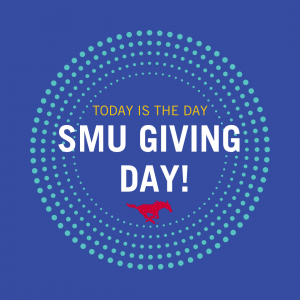







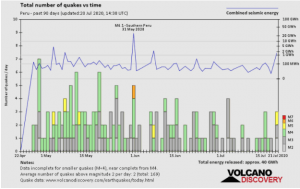


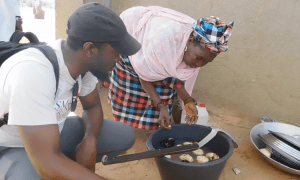

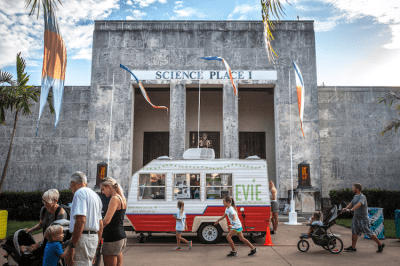
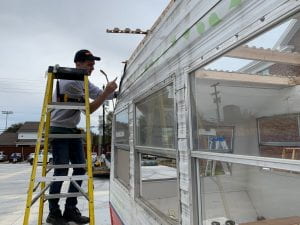
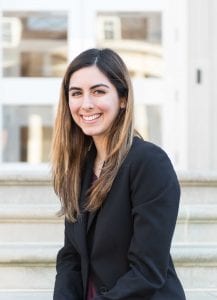 Silvia Rivera is the definition of a world changer. Since joining the Hunt Institute for Engineering and Humanity as a student analyst, Rivera has conducted research on artisan entrepreneurship and inclusive economic development. Rivera recently returned from Washington, D.C. after participating in “The Creative Economy Matters,” a conference hosted by the
Silvia Rivera is the definition of a world changer. Since joining the Hunt Institute for Engineering and Humanity as a student analyst, Rivera has conducted research on artisan entrepreneurship and inclusive economic development. Rivera recently returned from Washington, D.C. after participating in “The Creative Economy Matters,” a conference hosted by the 